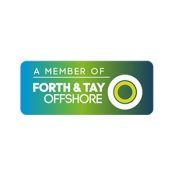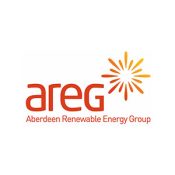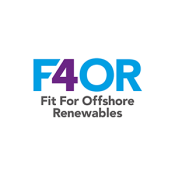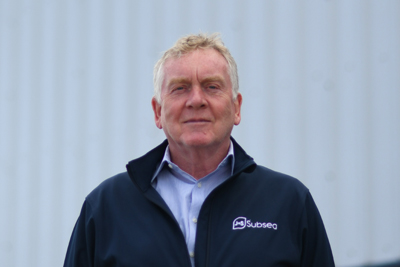Power Delivery Solution for Insulation Resistance Challenges
September 26, 2024
In a recent international project, Aberdeenshire-based J+S Subsea enlisted Verlume and Viper Innovations to work collaboratively on a project to produce three subsea battery-powered control systems for a Canadian oil and gas operator client. Bringing their areas of subsea expertise together, the partnered companies were able to provide an innovative solution to the client’s urgent needs.
The Scope
An offshore oil and gas operator faced asignificant challenge: the scheduled disconnection of its Floating Production, Storage & Offloading (FPSO) vessel for routine maintenance. This disconnection threatened the insulation resistance (IR) of the umbilical cable, which was being maintained using Viper Innovations’ V-LIFE technology, using power from the FPSO. IR is defined as the ability of the insulation material to prevent leakage currents flowing between live conductors or from the conductors to ground.
The potential degradation of these umbilicals posed a risk to the operability of the field and could have led to substantial financial losses, with the field being shut in or subject to the significant cost of stationing a vessel on site with a generator and downline providing power.

The Solution
J+S Subsea, Verlume and Viper Innovations adopted a collaborative approach to tackle this pressing issue. The goal was to provide a swift, reliable, and cost-effective temporary power delivery solution to maintain the IR of the subsea electrical cables during the FPSO’s disconnection.
J+S Subsea developed three subsea battery-powered control systems, designed to uphold the integrity of the subsea electrical cables in the absence of topside electrical power. Each control system consisted of a Verlume-supplied Charge, a rechargeable battery system, and a J+S Subsea control unit housing Viper’s V-SLIM (Subsea Line Integrity Monitor). The units were connected via Electrical Flying Leads (EFL) and housed in a steel frame constructed according to DNV regulations.
The systems were designed to be deployed for 90 days, then recharged either on the deck of a Construction Support Vessel or onshore. Within this project, two control systems were deployed simultaneously, with a third system kept in reserve for rotation and recharging.
Viper Innovations’ V-SLIM technology, encased within a compact canister alongside Verlume’s Charge battery system, measured the total system IR and maintained the V-LIFE infrastructure’s rejuvenation capabilities. This ensured continuous IR maintenance while the FPSO was off location.
The Results
The combined effort resulted in a reliable, quickly deployable solution that ensured the continuous operation of the IR maintenance infrastructure for the client. The partnership between Verlume, J+S Subsea, and Viper Innovations highlights the importance of integrated solutions in addressing complex power delivery challenges in offshore oil and gas operations. By combining cutting-edge technology and effective project communications, the collaboration not only provided a solution for an immediate operational risk but also paved the way for future innovations in subsea infrastructure.


- J&S Subsea Limited
-
Holland House
Pitmedden Road
Dyce
AB21 0DP - T: +44 1224 773435
- E: [email protected]
- Registered in Scotland No : SC645331











